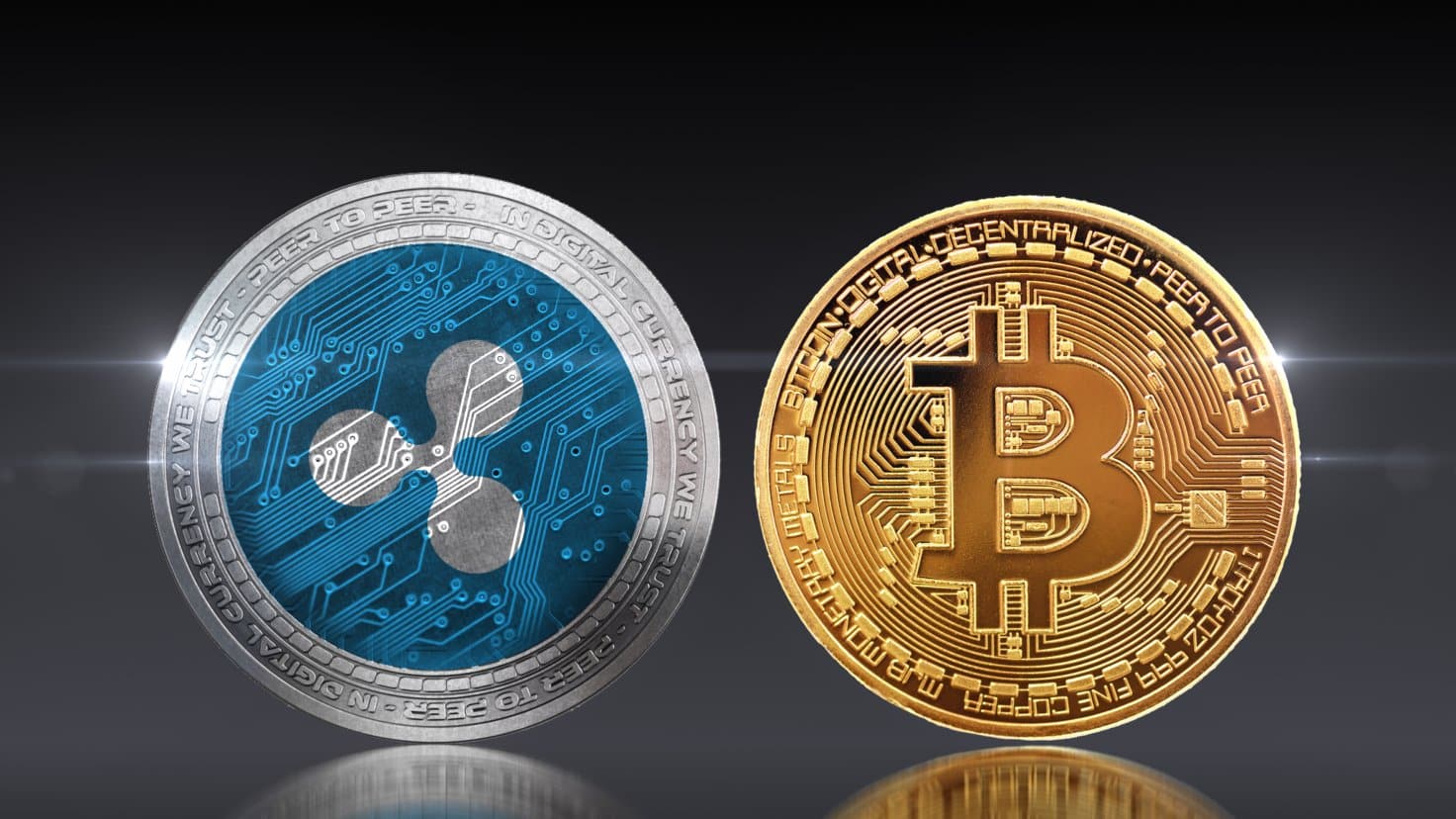ARTICLE AD BOX

- The SEC’s classification of Bitcoin and Ripple’s XRP as commodities in the approval of spot ETFs may signal a pivotal change in the cryptocurrency market, potentially leading to new all-time highs.
- This landmark decision by the SEC raises the question of whether Bitcoin and XRP are now poised to reach trillion-dollar valuations, marking a significant milestone in their market journey.
In the Statement on the Approval of Spot Bitcoin Exchange-Traded Products, the Securities and Exchange Commission (SEC) has marked a significant regulatory milestone by approving the listing and trading of Bitcoin spot exchange-traded products (ETPs) and designating both Bitcoin and Ripple’s XRP as commodities.
This development not only alters the regulatory landscape but also sets the stage for potentially unprecedented market highs for these digital assets.
The SEC’s change in stance, especially after previously rejecting similar applications, highlights evolving regulatory perspectives and responses to legal challenges. The U.S. Court of Appeals for the District of Columbia criticized the SEC for not providing sufficient reasoning in its previous disapproval of Grayscale’s ETP proposal, indicating a need for more transparent regulatory processes.
SEC Chairman Gary Gensler’s statement, shared in a tweet, acknowledges that although the SEC had denied numerous applications in the past, the situation has shifted, particularly in light of the District of Columbia Court of Appeals’ decision. The current approval is limited to Bitcoin, now formally recognized as a non-securities commodity, a distinction that sets it apart from the majority of crypto assets.
The SEC also stated that it had denied more than 20 applications, but the District of Columbia Court of Appeals’ decision on Grayscale changed the situation; currently it is limited to Bitcoin, a non-securities commodity, and the vast majority of crypto assets are investment…
— Wu Blockchain (@WuBlockchain) January 10, 2024
Further underlining the influence of major financial players in this scenario, a Senior ETF Analyst at Bloomberg, Eric BAlchunas highlighted BlackRock’s significant sway over the SEC. In his tweet, he pointed out that BlackRock’s record in getting ETFs approved by the SEC stands at an impressive 575-1.
This statistic not only demonstrates BlackRock’s influence but also underscores the magnitude of the SEC’s recent decision, suggesting a potentially transformative impact on the cryptocurrency market.
Fun fact: BlackRock's record of getting ETFs approved by the SEC is 575-1. That's another reason this is so big, they don't play around. https://t.co/f7YIhGRmLf
— Eric Balchunas (@EricBalchunas) June 16, 2023
According to Crypto News Flash (CNF), Bitcoin and Ripple (XRP) are currently the only digital assets with clear regulatory status. XRP’s recent legal victories against the SEC and the impending settlement could place both Bitcoin and XRP at the forefront of the next market surge.
In a recent tweet, I shared insights from Valkyrie Funds CIO Steven McClurg, who suggested that Ripple (XRP) and Ethereum might soon join the ETF market, following the SEC’s anticipated approval of a Bitcoin ETF. This development could mark a significant turning point in the financial industry.

 Exciting Update! @ValkyrieFunds' CIO, @stevenmcclurg, hints at a big possibility: #Ripple (#XRP) and #Ethereum could soon join the ETF market, following the #SEC's anticipated nod for a #BitcoinETF. Stay tuned for this potential financial game-changer!
Exciting Update! @ValkyrieFunds' CIO, @stevenmcclurg, hints at a big possibility: #Ripple (#XRP) and #Ethereum could soon join the ETF market, following the #SEC's anticipated nod for a #BitcoinETF. Stay tuned for this potential financial game-changer! 
 pic.twitter.com/5xmLgnqRw3
pic.twitter.com/5xmLgnqRw3
— Marcel Knobloch aka Collin Brown (@CollinBrownXRP) January 10, 2024
Furthermore, CNF highlights the growing anticipation within the crypto community for an XRP ETF, following Grayscale’s decision to reintegrate Ripple into its Large Cap Digital Fund. Industry experts expect the launch of such an ETF, potentially in April 2024.
.png)
 1 year ago
12
1 year ago
12








 English (US)
English (US)